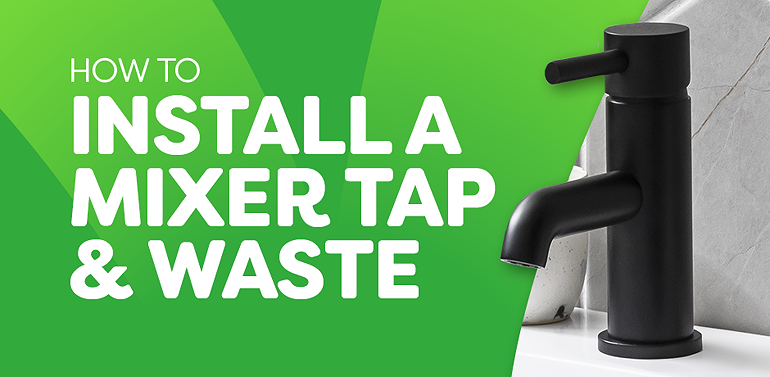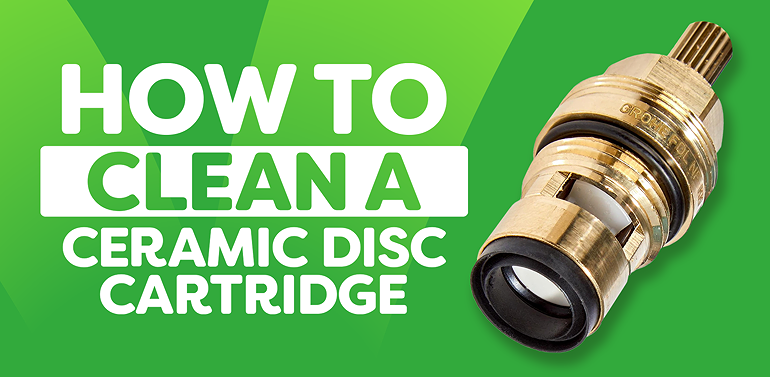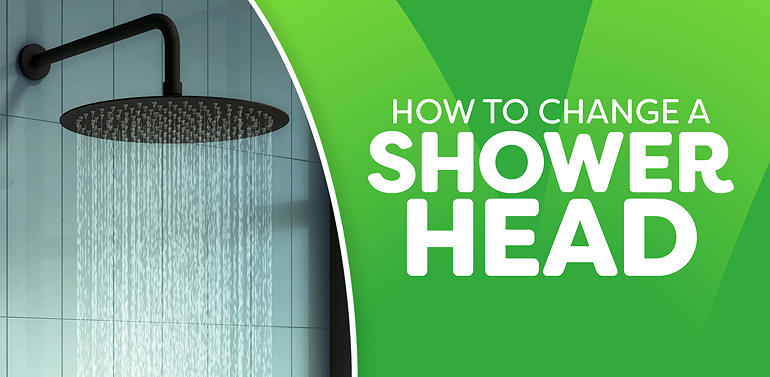EASTER OFFER: FREE DELIVERY ON ORDERS OVER £99!**
Delivery Offer Must End Soon!
the beginner s guide to home water systems
The Beginner's Guide to Home Water Systems
Whether you've recently moved into a new property or you're just looking to improve your knowledge, it's always helpful to know the basics of your home's water system.
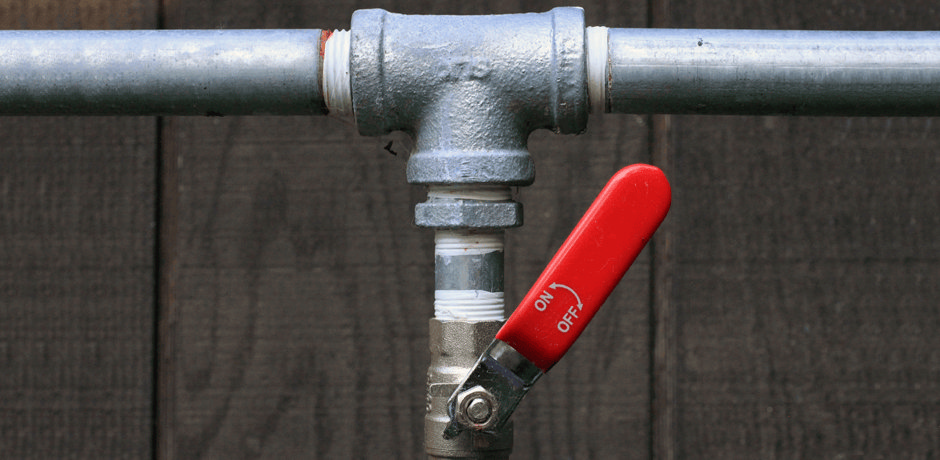
Though often taken for granted, the water systems of your home are responsible for all of your property's running water.
This includes the operation of all of those essential plumbing appliances such as kitchen taps, bath fillers, showers, washing machines, dishwashers, toilets, and (in some cases) central heating.
So, if you don't know your inlets from your outlets and haven't a clue how to locate a stopcock or a water tank, read on for our beginners guide to home water systems!
The Most Common Water Systems In UK Homes
Simply put, water systems supply water to your home while water drainage systems take away grey water and toilet waste.
While there are some exceptions, the overwhelming majority of homes in the UK will have either a direct or indirect water supply system. You're also likely to have one of two types of water drainage systems; single pipe or double pipe.
We've covered the basics of these common home water systems below, with tips on how you can identify which one you have in your own home.
Water Supply Systems: Direct or Indirect
Direct Cold Water Systems
While you may have spotted the clue in the title, with direct water systems all of your property's cold outlets (be it taps, showers, toilets, or even washing machines) will be fed directly by the mains supply.
Hot water in direct home water systems is usually provided directly too, through the use of a combi boiler. However, in some cases, you may still have a cold water cistern linked to a hot water cylinder instead.
One of the most notable benefits of direct cold water systems is the fact that they take up far less space as they do not usually require bulky water storage cisterns. This does mean that if your mains supply was to fail your home's cold outlets would fail too.
Direct Cold Water Systems In Summary...
Pros
- Take up less space (no need for huge water tanks)
- Provide drinking water from every cold tap
- Usually higher pressure than indirect cold water systems
Cons
- No water storage - if your supply is cut off, that's it!
- Expensive to convert from indirect systems
- Leaks can cause damage quicker due to higher pressure
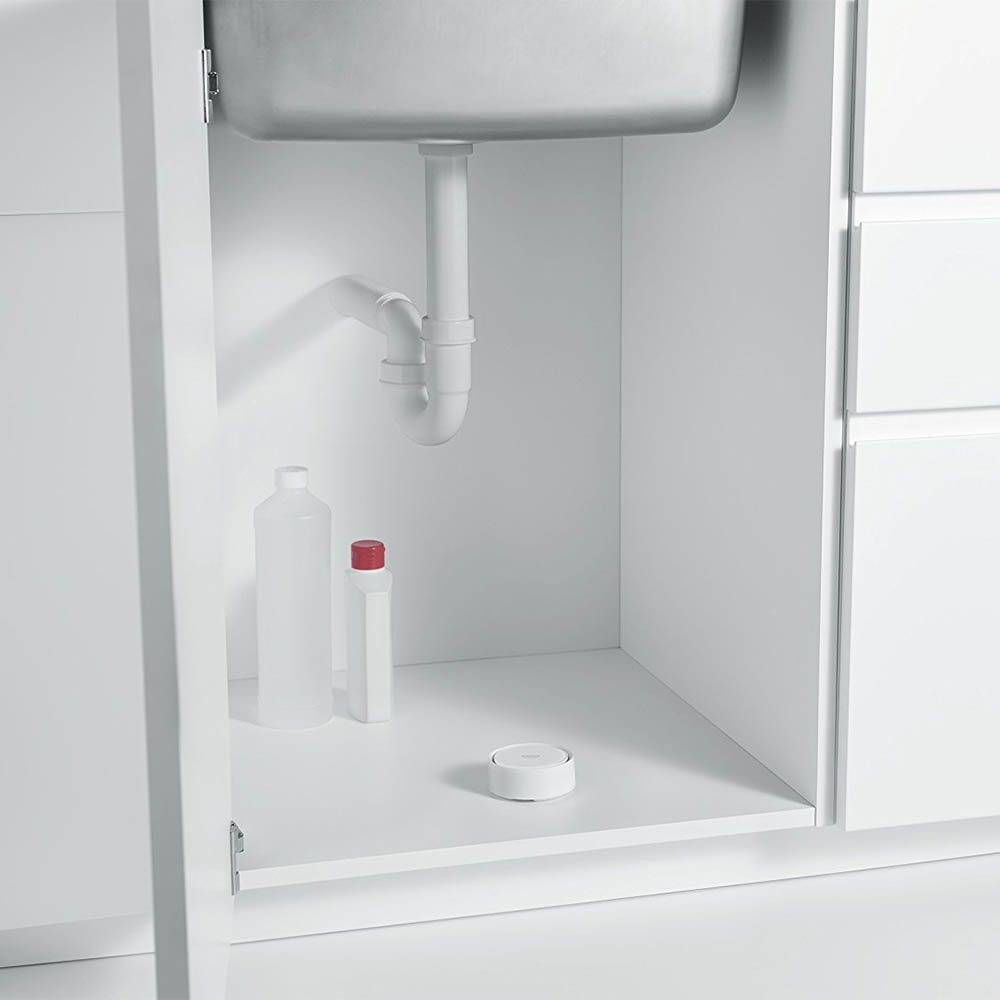
Indirect Cold Water Systems
With indirect cold water systems, the mains water supply will usually feed the cold kitchen directly before being diverted to a cold water storage cistern somewhere on the higher levels of your home.
These large cisterns will then store the water, feeding all cold plumbing appliances throughout the home as well as your home's hot water cylinder. The need to find room on higher levels for a big, heavy storage cistern has led to these systems becoming rare in smaller, modern homes.
With this type of system, your home's water pressure is wholly dependent on the water pressure of the water grid. Users with large homes in low pressure areas may need to fit shower pumps in order to achieve satisfying flow rates.
Indirect Cold Water Systems In Summary...
Pros
- Stored water if your supply is cut off
- Quieter in operation compared to direct cold water systems
- Will leak slowly due to lower water pressure
Cons
- Potentially stagnant water from taps
- Takes up a lot of space
- Lower water pressure when compared to direct systems
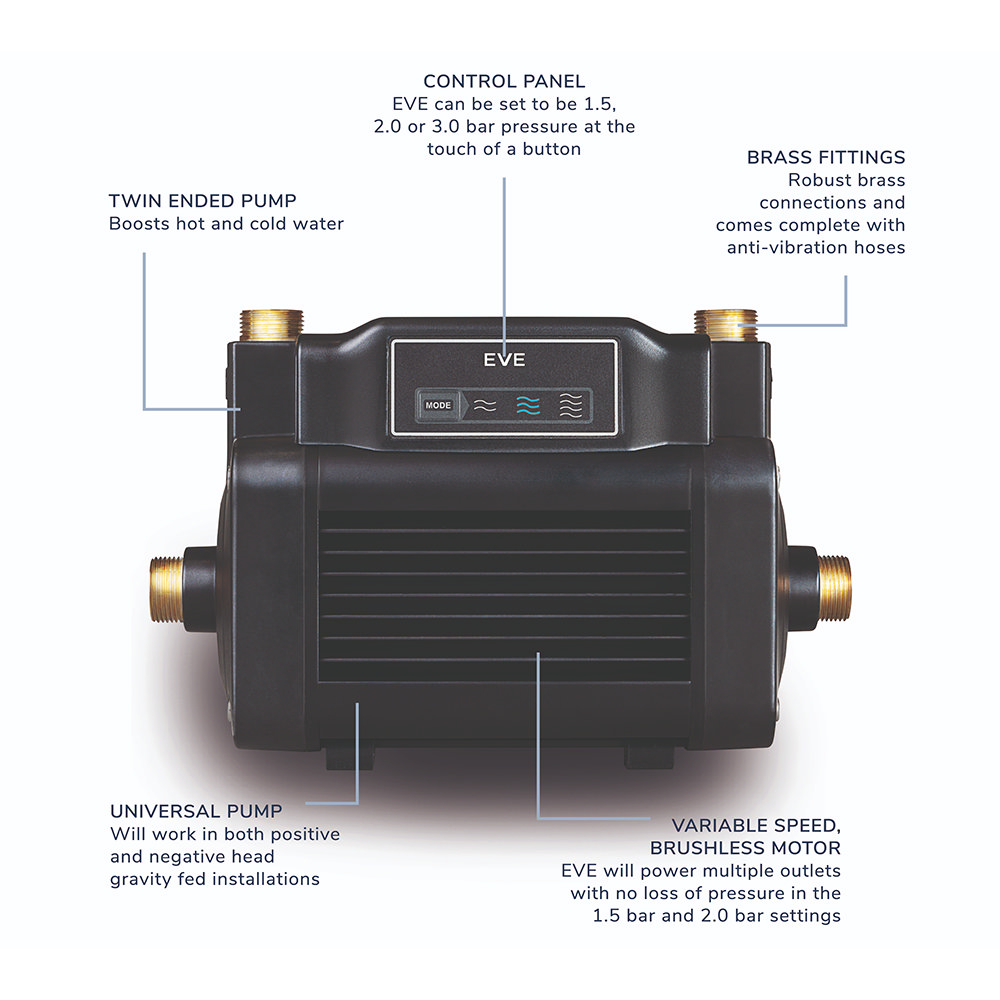
Water Drainage Systems: Single Pipe vs. Double-Pipe Drainage
In addition to knowing how water enters your property, it's also good to know the basics of how grey water and waste is taken from it.
In the UK, homes typically use one of the following two drainage systems:
Single-Pipe Systems
The single-pipe drainage system is the most commonly used drainage system for modern homes but can also be found in older homes that have been recently renovated.
The system gets its name from its use of a single vertical pipe, known as a soil stack pipe, to which all of your home's upstairs plumbing appliances (and usually the downstairs toilet) are attached.
This large pipe drains all of this waste into the underground drainage system using a clever vent to keep any unwanted smells away from your property. You may be able to identify your drainage system by spotting this vent on the exterior of your property.
Double-Pipe Systems
Double-pipe systems are older domestic drainage systems that can still be found in most traditional homes. The name of this drainage system is in reference to - you guessed it - the fact that it uses two separate pipes to direct waste to underground drains.
In a double-pipe system, your showers, baths, and sinks will be drained from by a thin pipe. Your toilet waste is drained via a separate (and much thicker) soil pipe attached to the exterior of the property.
While the thick soil pipe in double-pipe systems are well-ventilated and rarely cause problems, the thinner pipe used for grey water can become blocked at the point at which it exits the property. If you start to notice any bad smells coming up from your plug holes - this could be the culprit!
What Does A Stopcock Look Like & Where Can I Find Mine?
A stopcock will look similar to a regular tap or valve but without a spout. They're usually operated using tap heads like those found on outdoor taps or with a simple lever.
Figuring out where your home's stopcock is should be one of the first things you do once you get the keys to a new property.
It's highly important because, in the event of a leak, you'll need to be able to find this and turn it off quickly to prevent any serious, costly damage.
Thankfully, in the majority of homes, these can be easily found underneath the kitchen sink or inside the airing cupboard - if you have one that is!
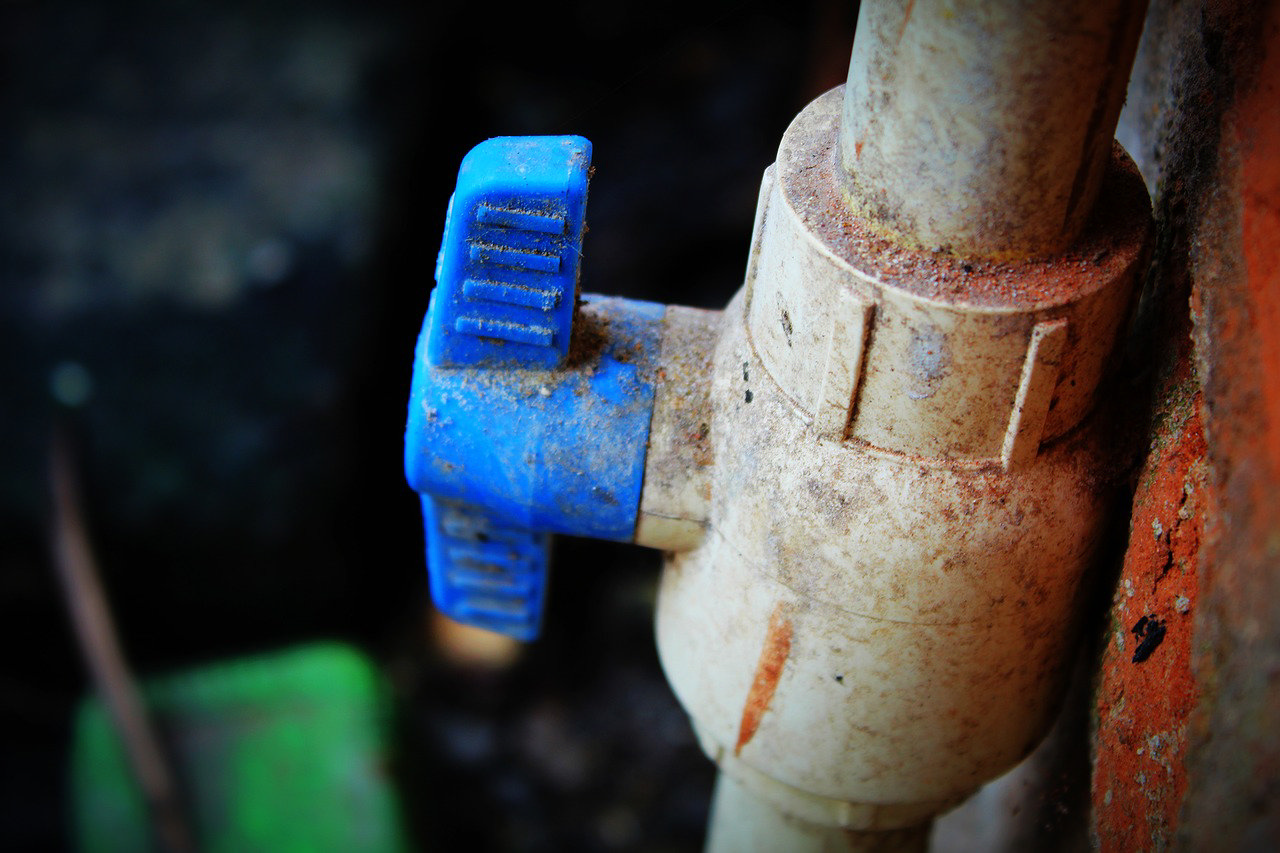
In older homes, however, the stopcock can be found outside the home too. If you have trouble locating yours, try getting in touch with the previous owner as quickly as possible to ask them. If you're still having no luck, you may need to contact a plumber for peace of mind.
Enjoyed our beginners guide to home water systems? Want more bathroom technical advice? Try our related guide on How to Identify Your Home's Water System & Pick the Right Shower for It. For all sorts of other bathroom inspiration, stick with us here on the Victorian Plumbing blog.

